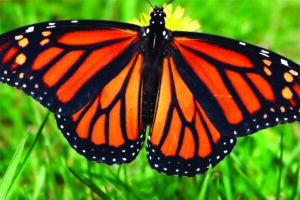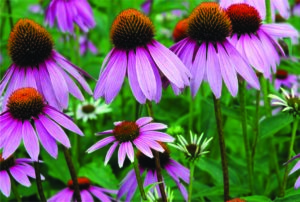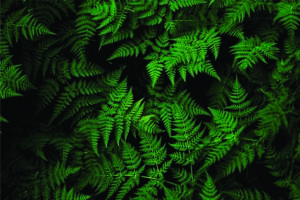Inside the Garden

Bird Sanctuary: This area is filled with large Catalpa, Black Walnut, Beech, and Oak trees with an undergrowth of American Bladdernut and Spice Bushes. The thick branches of these shrubs provide cover and nesting sites for many birds that live at Compton Gardens and also provide seeds, berries, and nuts for food. The acorns and walnuts are food sources for chipmunks, squirrels and other wildlife.

Woodland Trail: Follow the woodland trail and you will discover trees, shrubs, and native flowers living in harmony. The larger trees that can be found here include Black Walnut, Red Mulberries, Oaks and Umbrella Magnolias. Underneath these large trees are Leatherwood and Viburnum shrubs; these are planted next to small trees such as the Ohio Buckeye, Redbuds, and Dogwoods.

Cindy Springs: Cindy Springs is a beautiful, naturally occurring spring at Compton Gardens that is named after the original landowners’ eldest daughter, Cindy. A spring is a source of fresh water that emerges as a trickle after the water table becomes filled, or as a rush after a large rain. These springs are an important source of water for native plants and animals.

Butterfly Waystation: This area has many nectar and host plants for butterflies and moths, including Common Milkweed and Butterfly Milkweed. Milkweed is essential to the survival of Monarch butterflies because the plant is toxic to most other insects and serves as a host plant for these pollinators. The White Oak and Pawpaw trees along the greenway are hosts for more than 20 types of butterflies and larvae.

The Meadow: In the spring and summer, the meadow is filled with Purple Coneflower and Yellow Coneflower. Coneflowers support many types of pollinators and bird species who frequent the garden to consume the flower seeds, including the goldfinch. The Yellow Coneflower is considered an endangered species and the meadow has a dedicated area to help preserve and cultivate the species’ existence.

Living Wall: Along this hillside you will notice many plants clustered together to form a living wall. The plants featured in this grouping aren’t just for show, they’re working to preserve this area for years to come. Plants found here include: Cherokee Sedge, Christmas Fern, Celadine Poppy, Pale Violet, and River Oats. Together, these plants strengthen the soil and prevent erosion.

